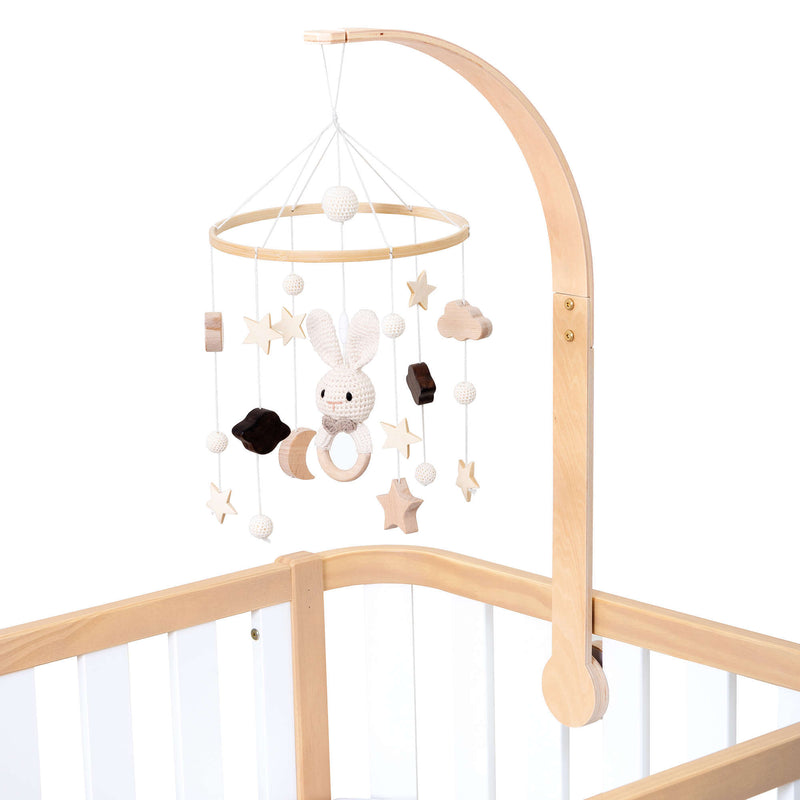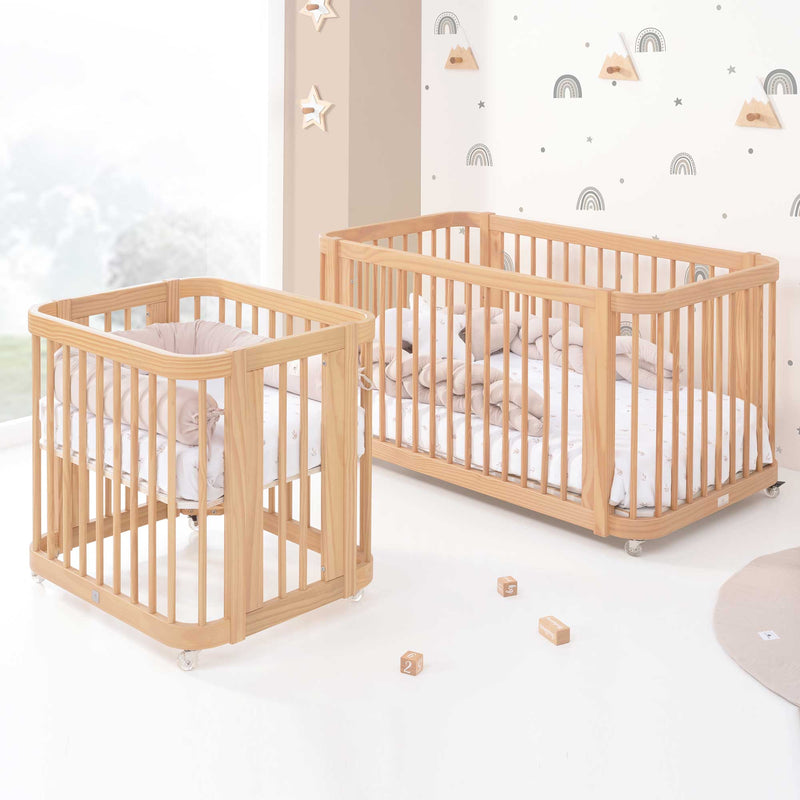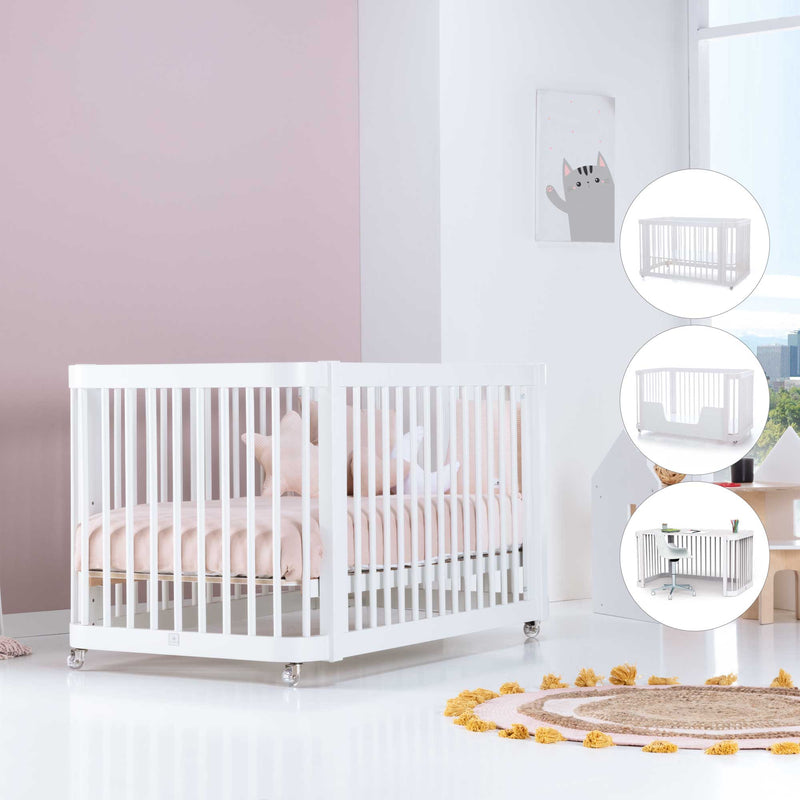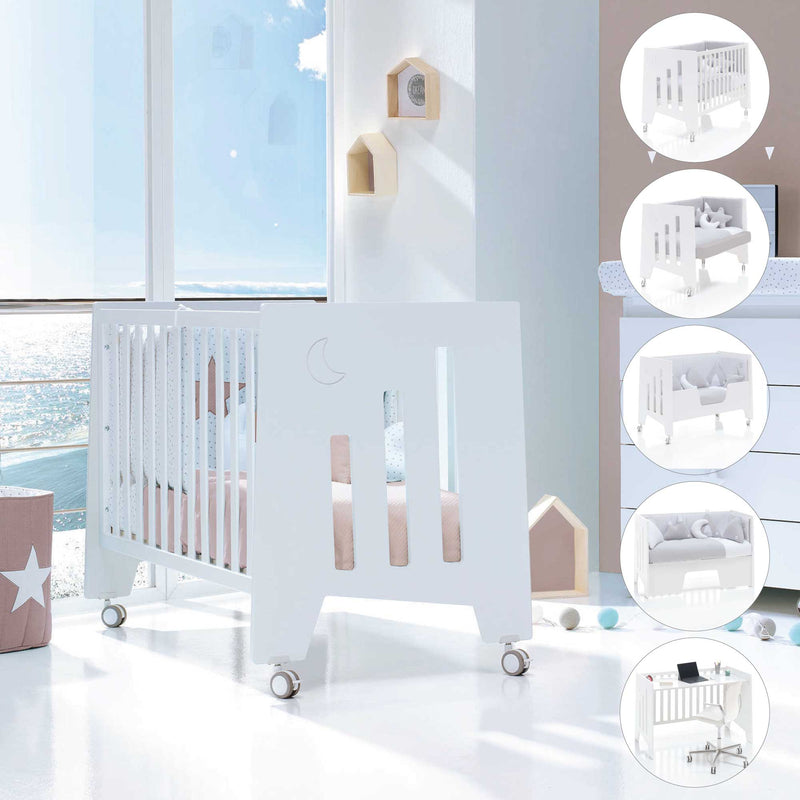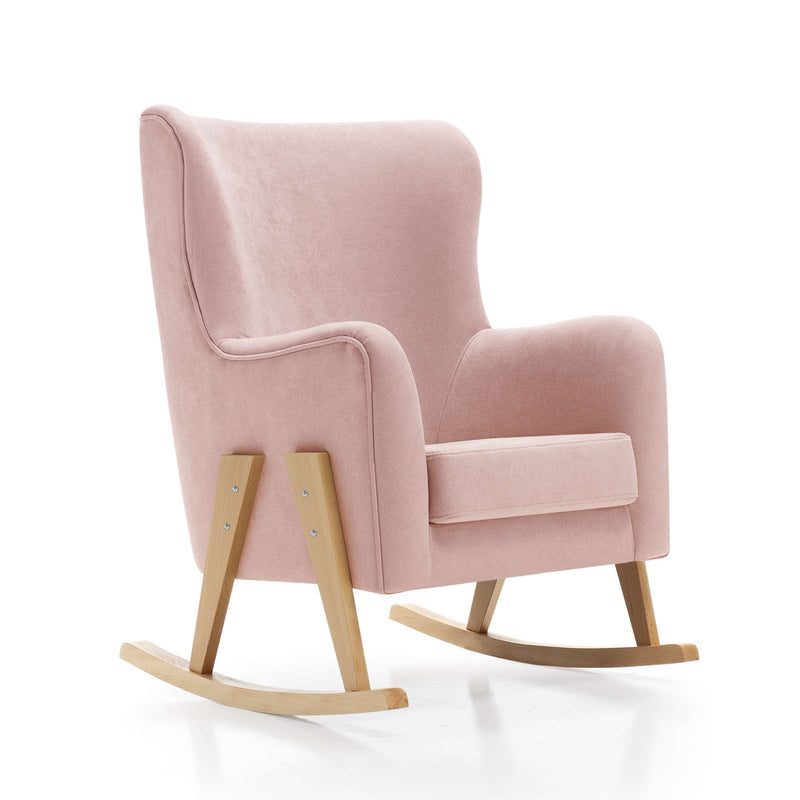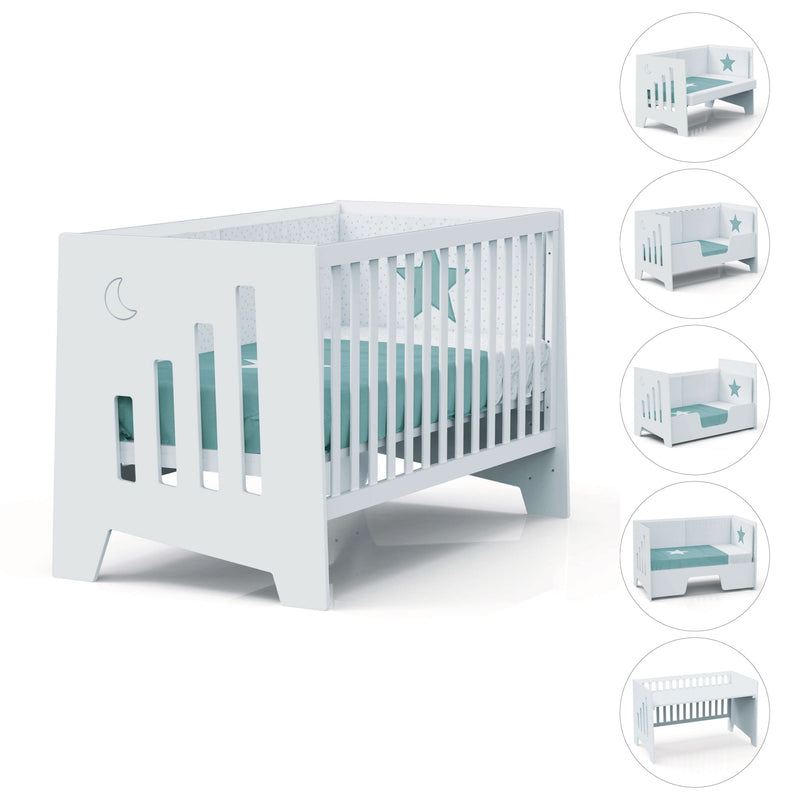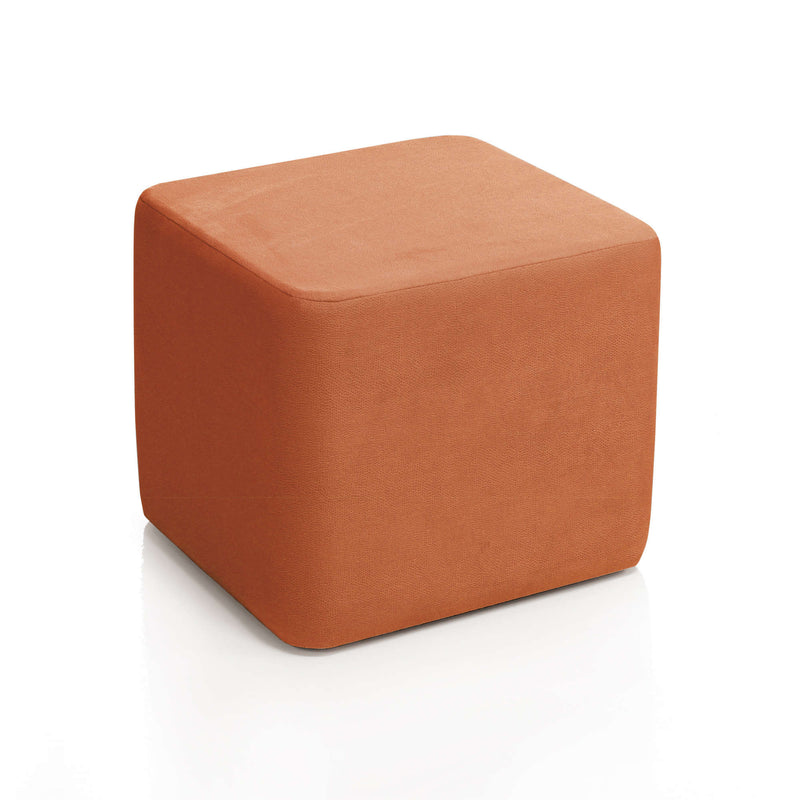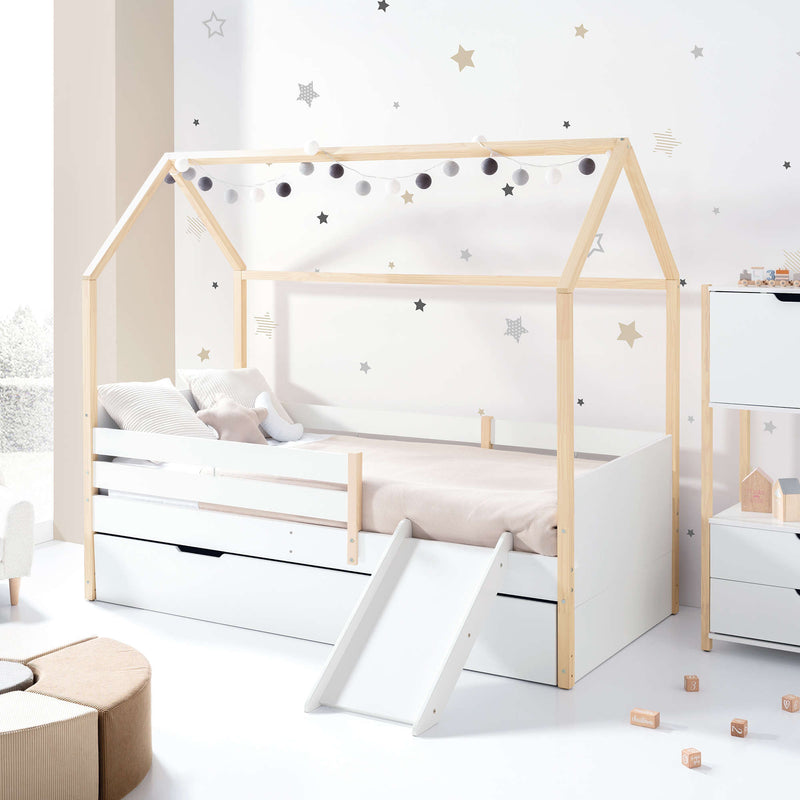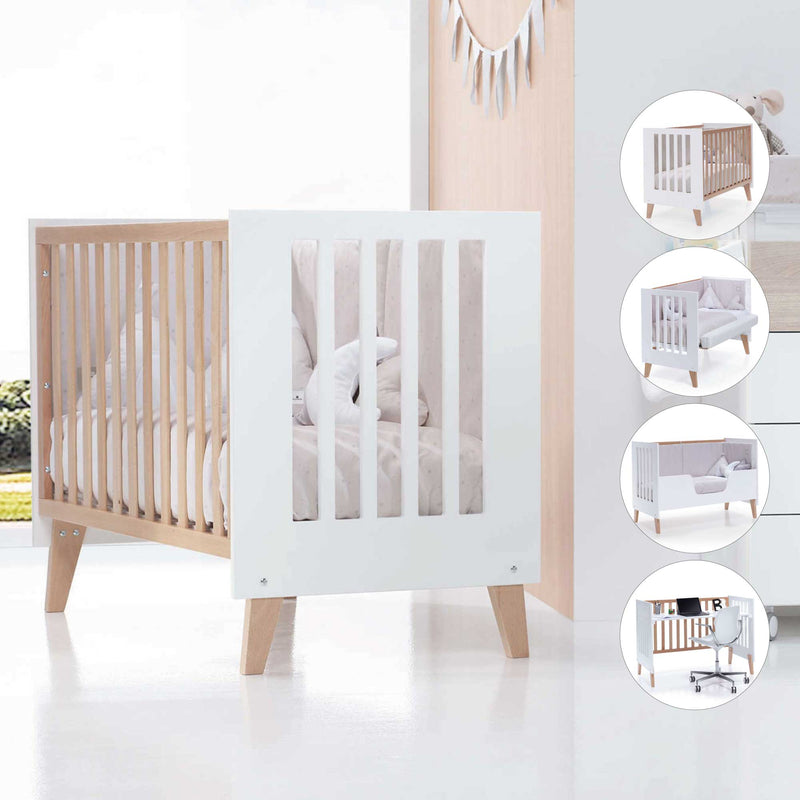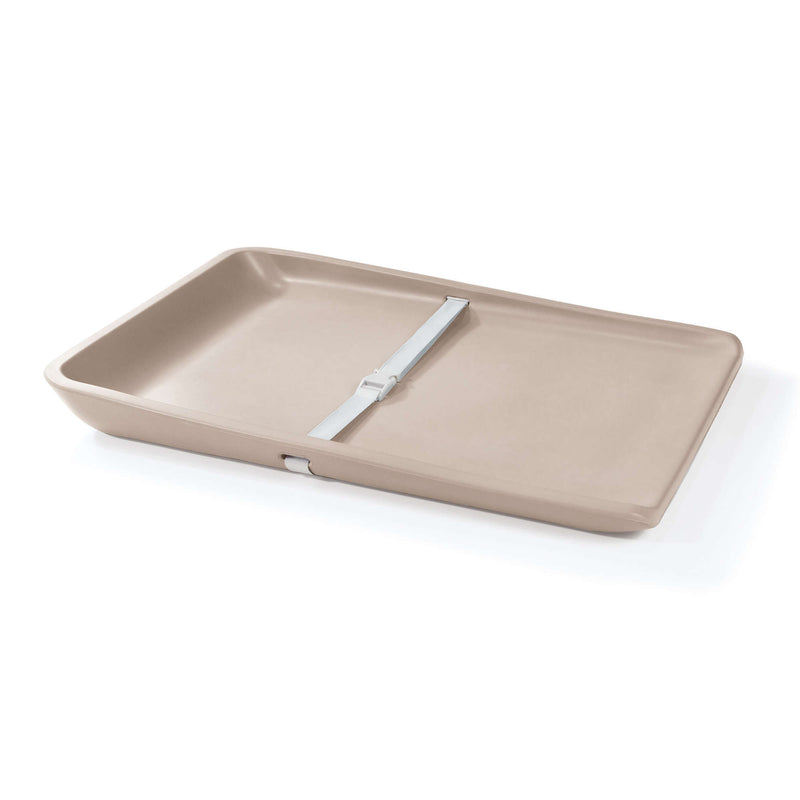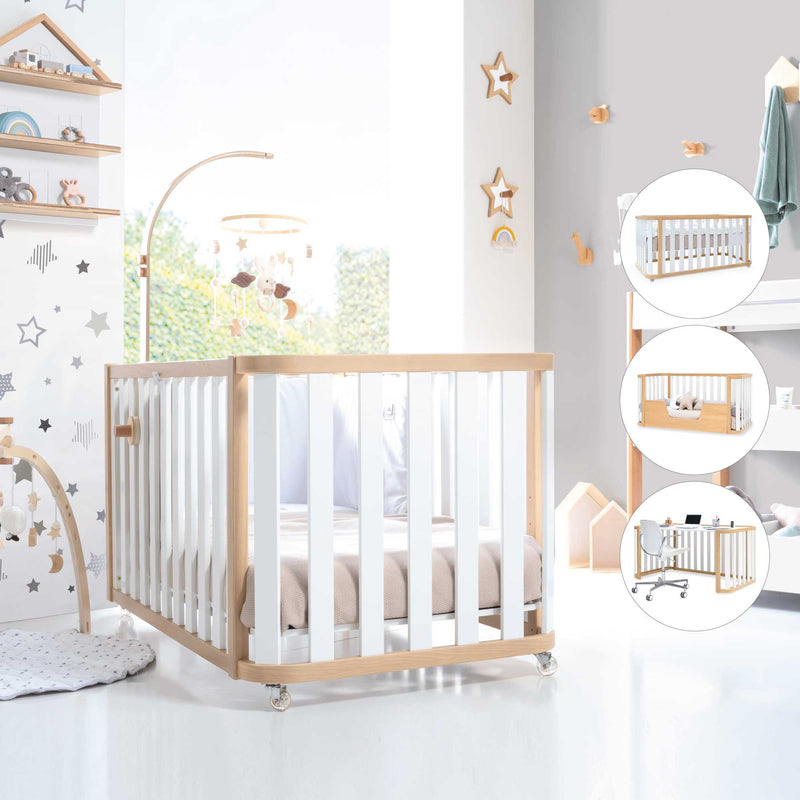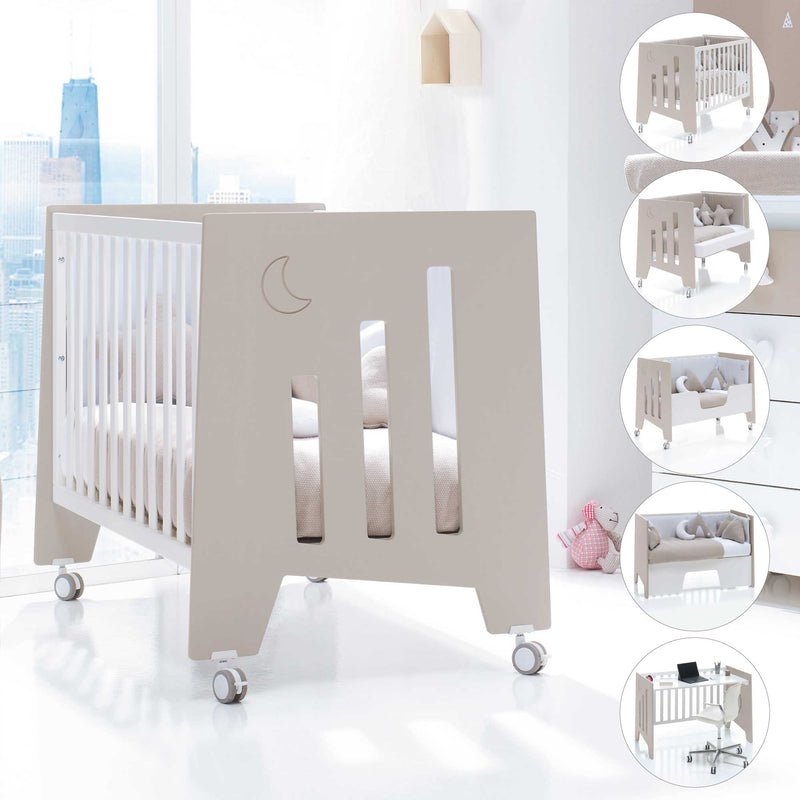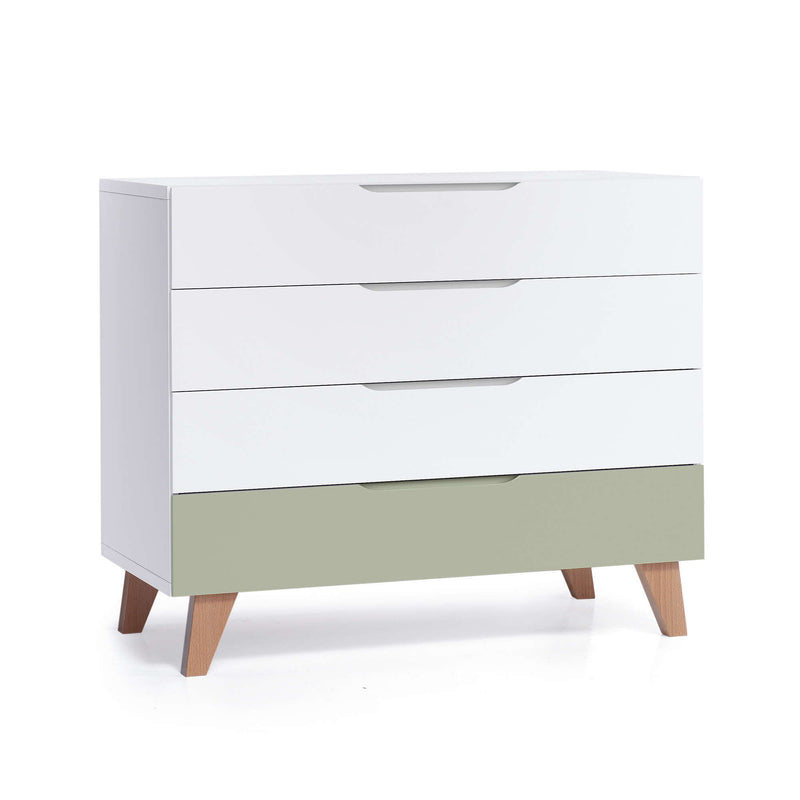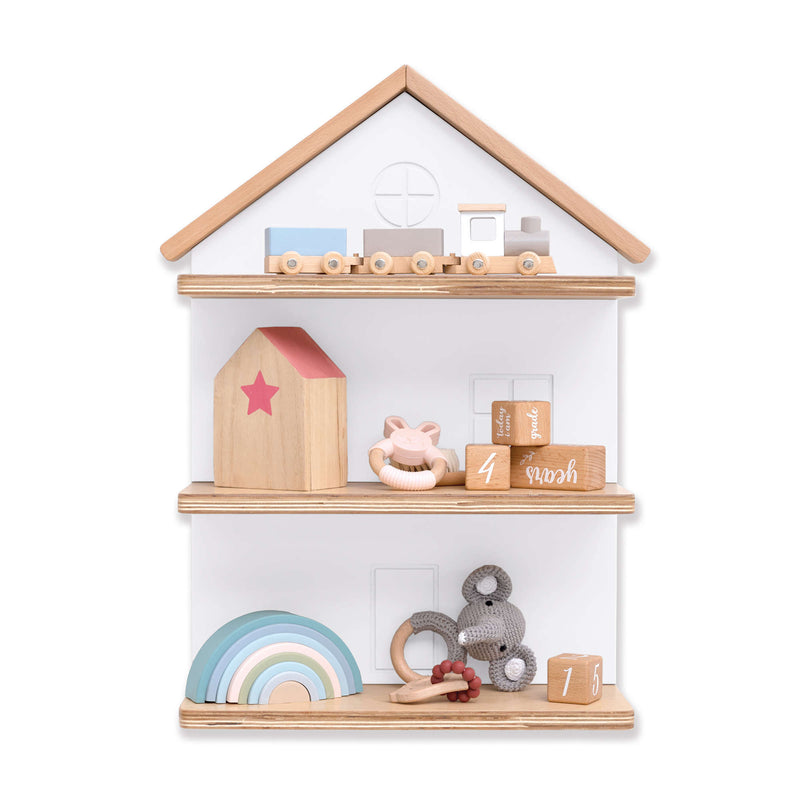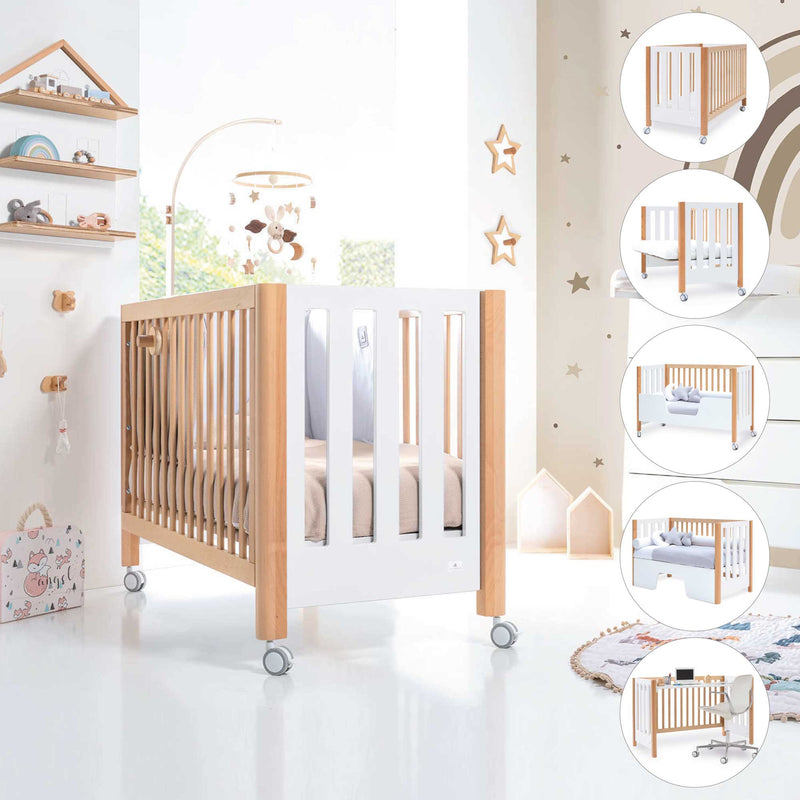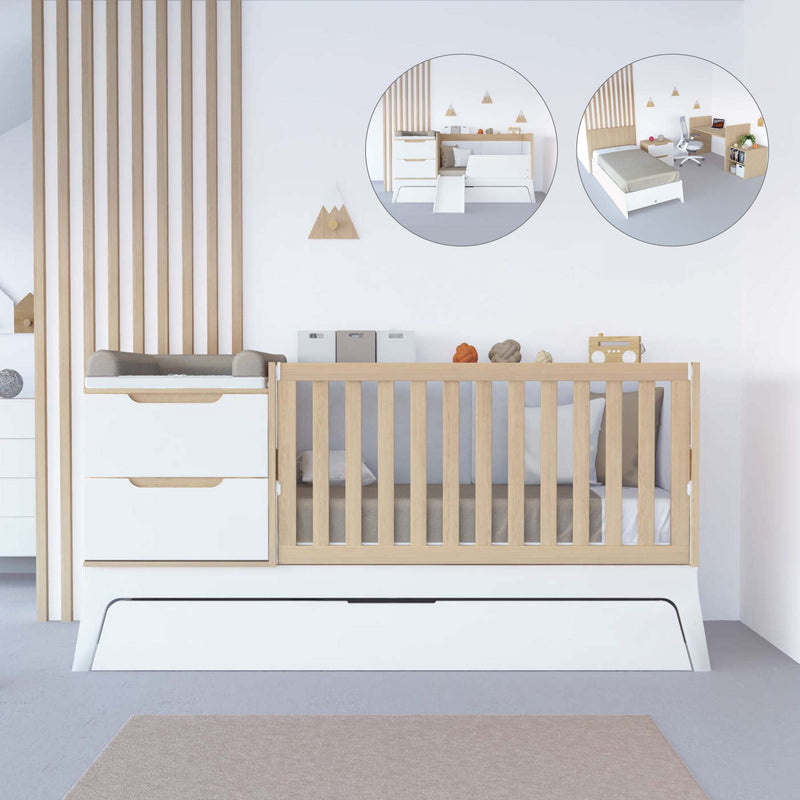The information space is something amazing. We live surrounded by thousands and thousands of stories. Each one is different in its own way but they all contain common tropes, similar plot twists, and archetypal characters. That is why it is not surprising that little by little we lose enthusiasm and excitement when reading or watching the stories, experiences and passions that the characters in so many books, games or movies carry. It is the great tragedy of our personal maturation... That is why the most valuable for us are those stories, books or movies that had a strong influence on us in our childhood years . The fairy tales that our moms and dads read to us, the stories that we ourselves created with the power of our imagination are, in many ways, the cornerstones of our personality. That is why it is so important to help children get to know themselves and the world through stories and narratives and let them express themselves through creativity. Tell your own childhood story.
What does it mean? Firstly it may mean that the child needs the right stories. Stories that give you food for thought and lead you to some conclusions. Purely personal and perhaps seemingly insignificant to adults. But they will be your first conclusions . Everything that will come later will superimpose the experience of these first years. The second opportunity for the child to discover his personality is to provide him with creative materials that allow him to tell stories based on the conclusions he has drawn from his own experiences or from others. Of course, the materials can be varied and so can the stories.
Picking up the story: symbolism and variance
Selecting a story is not as obvious as it may seem. Typically, parents want to entertain the child and at the same time teach him something. Of course, it is more interesting than the usual moral teachings and the child is much more willing to listen to an entertaining story than to a heated sermon about correct behavior. But how to determine which story is suitable for the child to perceive and how to maintain a balance between "cognitive" and interest?
-
Don't be too condescending to children . They tend to be much smarter than they seem. Don't be afraid to tell difficult stories.
-
Don't be afraid to explain complex things : love and death, friendship and enmity. All of these things are going to be present in your life and it is best to prepare beforehand. A good example is fairy tales like The Little Prince or the movie The Neverending Story .
-
Don't be angry because your child doesn't immediately realize all the meanings of the story you tell him. If you have impressed the child, you can always go back to it and discover new subtexts in the old story. This will make the story last in the child's life. Agree, it is much preferable to single-layered tales with a clear moral. However, the latter are also important. With them you can help explain to the child the meaning of many complex concepts.
-
Try not only to read the story to your child, but also to comment on it . In this way, it can help you develop reasoning or reflect on aspects of the story that you may not have noticed. Furthermore, it is not only useful to read stories, but also to encourage the narrative line that the child creates during the game. What is their relationship with their toys? What are you trying to build with the cubes? These and many other questions will help you understand your child better. With the help of even seemingly ordinary construction toys you can better understand the inner world of the child.

Toys and stories
What is playing for a child? Sometimes, it's trying to solve a puzzle , of course. But generally playing is about creating a new world . The realization of an imagination. It's about creating a story. They can be simple or complex stories. They can revolve around crazy adventures, reflect the child's feelings, or a mixture of all of these. It goes without saying that a child needs materials to express himself. Dolls, builders and much more.
Dolls, soldiers and other toys in the shape of living beings will allow the child to establish a relationship with them. He will truly care about their well-being and will pour his feelings into them. Both positive and negative. By observing how a child treats toys, which are essentially "living things" in his or her mind, a parent can understand how the child feels about his or her peers or others in general. Even if he represses his feelings and emotions, he will be open with the toys over which he feels power and/or with which he feels safe in his environment.
The stories that the child will create through their dolls will reflect their understanding of social rituals. At the same time they cannot harm real people. It's really great because then you and your child will always have a "social ground."
Builders, pyramids and the like can be useful for completely other stories. They are less verbose, but no less expressive. Through them, a child can symbolically express his deepest aspirations, such as building fortresses to protect his personal boundaries, erecting towers of ambition, and much more. In fact, everything the builder and his imagination can do. Isn't it amazing? The world of toys and the stories behind them are really rich.
But, of course, the most important story that toys help a child discover is himself. Whatever toys your child prefers, you can always find a way to convey the joys, fears and hopes that appear as he or she grows. And toys are something without which he may become withdrawn and his story may never be told. Every untold story is a missed opportunity. So we sincerely hope you treasure the moments when your child's imagination is so direct and fruitful. And those stories, happy and sad memories, will support you for years.


